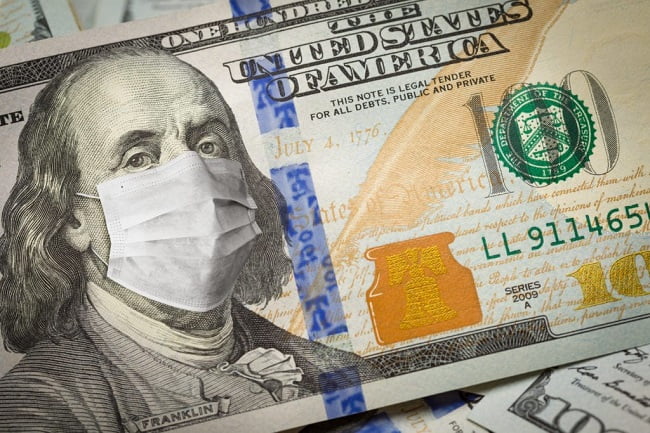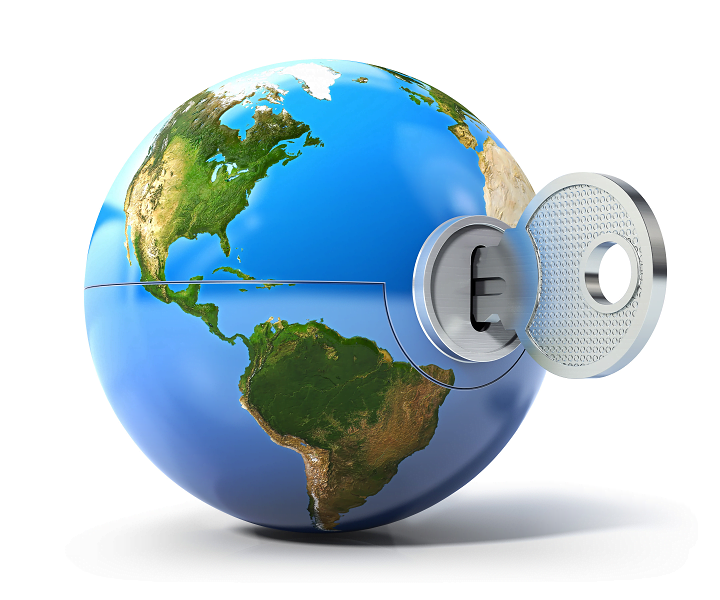The latest buzzword that is taking businesses by storm is greenwashing, where a business projects itself as an environmentally and sustainable charged company in order to present itself as ethical to the consumers. With the rampant rise of eco-friendly consciousness and the need for better environmental practices, the companies are also mimicking the same to enthral the concurrent emotions of the buyer and masquerading themselves as champions of the environment.
This can be done with numerous practices that include misleading labels, tokenism or symbols that denote that the company is engaging in greener practices. This can be done to curtail the bad press associated with the company, which wants to throw smoke in people’s eyes and hide its environmentally damaging practices. This term came into being in the 1960s when the hotel industry used it in their favour; in the name of sustainability, they asked guests to reuse the towel. This allowed them the benefit of lower laundry costs and, in hindsight, benefit from more profit.
How Does it Work?
Many companies, especially in the fashion industry, put labels featuring green leaves, no chemicals used, recyclable, and natural fibres. Though some claims might be true, mostly, it is a marketing gimmick since these labels are not challenged, and the buyer is swayed to pick the ‘greener brand’.
In packaging and advertisement as well, many companies adopt a natural theme that has elements derived from the freshness of the leaves, a greeny outdoor setting and a flowery backdrop. Even if the product is laden with chemicals and just has a hint of natural elements, the consumers are led to believe that the product contains the goodness of nature. While many companies are genuinely making attempts to leave a less carbon footprint, the reality tells another tail.
How To Spot Greenwashing?
The consumer has to be well-informed and knowledgeable about the ongoing practices. For that, the best thing to do is not believe any packaging, advertisement or labels blatantly but with a keen eye. There has been tons of research on this aspect, and many companies have been unmasked for their practices, which are available online. Third-party research and analyst reports can be a great method to spot greenwashing. Government intervention is also required, and a proper association or guidelines should come into place that helps the consumer make an informed decision.
Reading the fine print on the label also helps in disclosing the truth, like on the food label packaging and reading the ingredient list. The same applies to cosmetics, skincare and apparel, which state the ingredients, chemicals and fabrics, respectively. Some business even print their products as biodegradable when the reality is far from the truth. Meanwhile, some companies claim that their product contains more recycled materials which in reality is just 3% to 2% which mathematically is a 50 per cent increase, but it is ethically wrong. Many clothing brands also say that their apparel is made from recycled materials, but that is just a positive marketing gimmick that can mislead consumers.
What are the True Green Businesses?
Green businesses are those that actively try to adopt eco-friendly practices like waste reduction, switching to energy-efficient lighting or using solar-powered models in the office. Besides this, environmental practices that reduce the carbon footprint in day-to-day life are also of paramount importance. Such businesses also take social responsibility as their urgent agenda, for they recognise the looming threats to the environment and take measures to curb the same by adopting safer practices that will be beneficial in the long run.











